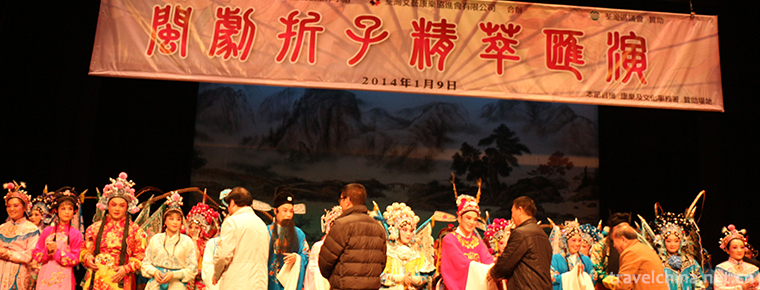2019-06-05

- By ChinaWiki.net
- Chinese Edition
- 2020-12-17
Leshan specialty food
Jellied bean curd
Leshan bean curd is one of the special snacks in Leshan, Sichuan Province. The bean curd has deep red pepper and green coriander or celery.
Pot chicken
Bobo chicken, originated from Leshan, Sichuan Province, belongs to Sichuan cuisine. The name of this dish makes you feel very strange. "Bowl" is actually a earthenware pot. The outside of the bowl is painted with red and yellow porcelain dragon patterns. Inside the bowl, the seasonings are mainly spicy and spicy. After being processed in tezhushu, the dishes are made by string of sticks, which are immersed in various seasonings. When eating, they are taken and eaten by themselves. In addition to the long taste, they are more interesting.
Xiba tofu
Xiba tofu is a famous traditional dish of Han nationality in Leshan, Sichuan Province. Xiba bean curd has a long history. It was introduced in the Eastern Han Dynasty, and it was refined in the Tang and Song dynasties. It flourished in the Wanli period of the Ming Dynasty (1573-1620 A.D.), with a history of more than 400 years.
Sweet skin duck
Leshan called the sweet skinned duck as stewed duck, which followed the imperial cuisine of the Qing Dynasty. Discovered and improved by the folk, the brine has its own characteristics, with brown red color, slightly sweet skin, tender meat and pleasant aroma.
cross the legs when sitting
As a traditional local food in Leshan City, "Qiaojiao Er" rose in Zhoucun (now Changchun Village) of Yangwan Township, Shizhong District, Leshan City. It has a history of more than 600 years. When people ate "roadside stalls", they had no stool to sit on, so they could only eat on the horizontal bars of the dining table. Later, "Qiao Jiao Er" derived another form of beef stew in one pot, which was called "beef soup pot". The difference between "Qiao Jiao Er" and "Qiao Jiao Er" was that the diner cooked beef in the soup pot.
Ye Er Ba
"Yeerba" is one of the traditional famous snacks in Leshan. It is named for the local special Ba Ye Bao system and has a long history of development in Leshan.
Ask a Question
Your email address will not be published.


0 Questions